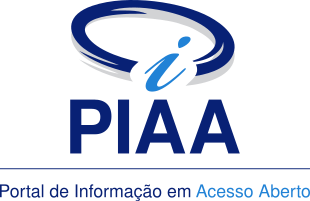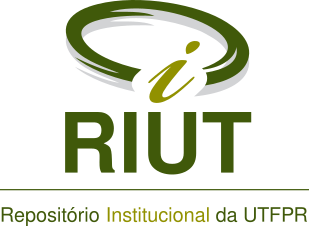Study of adsorption of lead II in lignin modified from corn waste
Resumo
The use of heavy metals, especially in the industrial sector, has attracted attention for the impacts generated by the use of potentially toxic metals to the environment and public health. Adsorption is a process in which a substance (adsorbate) is physically or chemically attached to the surface of the adsorbent component and currently this process can be seen as an alternative to remove toxic metals from waste of agro-industrial sectors. This article aims to conduct a study about the adsorption of lead II (Pb II) on a modified natural polymer (lignin) obtained from corn stover. For the extraction of the lignin from lignocellulosic material, it was isolated by pulping with formic acid (CH2O2) at 80% concentration, obtaining lignin formica (LFOR). LFOR already been crosslinked with hydrochloric acid (HCl) 37.0% to give the polymer adsorbent used in this study crosslinked lignin formica (LFRT). Adsorption tests were performed with different times of contact between adsorbent and the solution of 10.0 mgL-1 lead II, and the final concentration of the solution was measured by atomic absorption spectrophotometry (AAS). The results which was obtained with atomic adsorption proved the adsorbent polymer show a capability to retain ions of lead II, removing after 100 minutes 98.87% of the heavy metal in the initial solution. Therefore, the polymer LFRT can be used as a possible means to remove heavy metal from agro-industrial effluents.
DOI: 10.14685/rebrapa.v6i1.186
Palavras-chave
Texto completo:
PDFDOI: 10.14685/rebrapa.v6i1.186
Apontamentos
- Não há apontamentos.
Direitos autorais





